Services and Techniques
Chiropractic Manipulative Therapy
Chiropractic Manipulation is the application of pressure in a specific direction, by which the Doctor of Chiropractic restores proper motion and alignment to a joint. The chiropractic manipulation, often referred to as an “adjustment,” increases the motion and function of a joint resulting in reduced pressure on the nervous system and less pain. Chiropractic manipulation is a proven safe and effective treatment of many conditions including neck pain, headaches, low back pain, sciatica and whiplash.
Non-Surgical Orthopedic Care
Board certified chiropractic orthopedists are doctors of chiropractic who have completed extensive postdoctoral education in nonsurgical orthopedics, and have passed a rigorous specialty Board examination leading to Diplomate status as chiropractic orthopedist. Less than 2% of Chiropractic Physicians attain this status. The chiropractic orthopedist demonstrates advanced proficiency in the evaluation and non-operative management of a broad range of injuries, conditions and disorders of the neuromusculoskeletal system.
IASTM
Instrument assisted soft tissue mobilization (IASTM) is a manual therapy approach to musculoskeletal injuries using specifically designed tools that effectively treat adhesions and scarring brought on by surgeries, injuries, and overuse of muscles. Medical grade stainless still glides over the skin to reduce scarring and fibrosis, fascial densification, neural tension, muscle shortening, neurologic restriction and trigger points leaving the area with greater mobility.
Cupping
Cupping is a type of alternative therapy that is performed by placing suction cups on the skin to increase blood flow in the area to which it is applied. Healing of muscles and other soft tissues is facilitated by the improved circulation and increased oxygenation to the area. Improved blood flow relieves muscle tension, promotes cellular repair and helps form new connective tissues. Although some patients report mild discomfort during the procedure, most find it comfortable and even relaxing.
image: Musumeci, G. Could Cupping Therapy Be Used to Improve Sports Performance? J. Funct. Morphol. Kinesiol. 2016, 1, 373-377.
Active Release Technique
ART is a patented, state of the art soft tissue system/movement based myofascial release technique that treats problems with muscles, tendons, ligaments, fascia and nerves. Headaches, back pain, carpal tunnel syndrome, shin splints, shoulder pain, sciatica, plantar fasciitis, knee problems, and tennis elbow are just a few of the many conditions that can be resolved quickly and permanently with ART. These conditions all have one important thing in common: they are often a result of overused muscles.
Overused muscles (and other soft tissues) change in three important ways:
acute conditions (pulls, tears, collisions, etc)
accumulation of small tears (micro-trauma)
not getting enough oxygen (hypoxia)
Each of these factors can cause your body to produce tough, dense scar tissue in the affected area. This scar tissue binds up and ties down tissues that need to move freely. As scar tissue builds up, muscles become shorter and weaker, tension on tendons causes tendonitis, and nerves can become trapped. This can cause reduced range of motion, loss of strength, and pain. If a nerve is trapped you may also feel tingling, numbness, and weakness.
What is an ART treatment like?
Every ART session is actually a combination of examination and treatment. The ART provider uses his or her hands to evaluate the texture, tightness and movement of muscles, fascia, tendons, ligaments and nerves. Abnormal tissues are treated by combining precisely directed tension with very specific patient movements.
Kinesiotaping
Kinesiotaping is a definitive rehabilitative taping technique that is designed to facilitate the body’s natural healing process while providing support and stability to muscles and joints without restricting the body’s range of motion. It also provides extended soft tissue manipulation to prolong the benefits of manual therapy administered within the clinical setting. Made popular by olympic athletes, kinesiotaping is a non-restrictive taping method used, not only to reduce pain, muscle spasm and inflammation, but to aid in the retraining of muscle movement patterns in order to achieve optimal biomechanics. Kinesio tape has been proven to help with everything from headaches to foot problems and many areas in between. Specific patterns of application temporarily alters how the muscle works. Kinesiotape takes stress from muscles, reducing inflammation and giving them time to heal.
Physiotherapeutic Modalities
Flexion Distraction is a type of decompression used in the lumbar spine, or low back, to reduce pressure on the nerves that extend into the legs. It is a safe, effective treatment for conditions such as sciatica, herniated discs, spinal stenosis and facet syndrome.
Therapeutic Ultrasound uses high frequency sound waves to increase molecular motion and heat up the tissue to which it is applied. The sound waves vibrate the tissue at the cellular level to decrease inflammation and increase healing rate at the targeted treatment area. Therapeutic ultrasound is especially helpful in treating inflammation from injuries, such as sprains, tendonitis and bursitis.
Electrical muscle stimulation (EMS) transmits gentle electrical impulses to the muscle group where electrodes are applied. The gentle electrical current is effective in breaking muscle spasm, reducing inflammation and relieving pain. Unlike at home (TENS) units that stimulate the skin to disguise pain, electrical muscle stimulation penetrates to the deep muscular layer and has lasting physiological effects.







